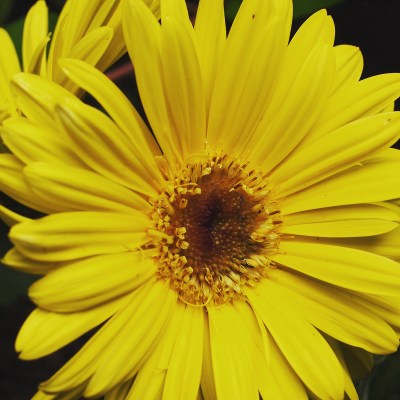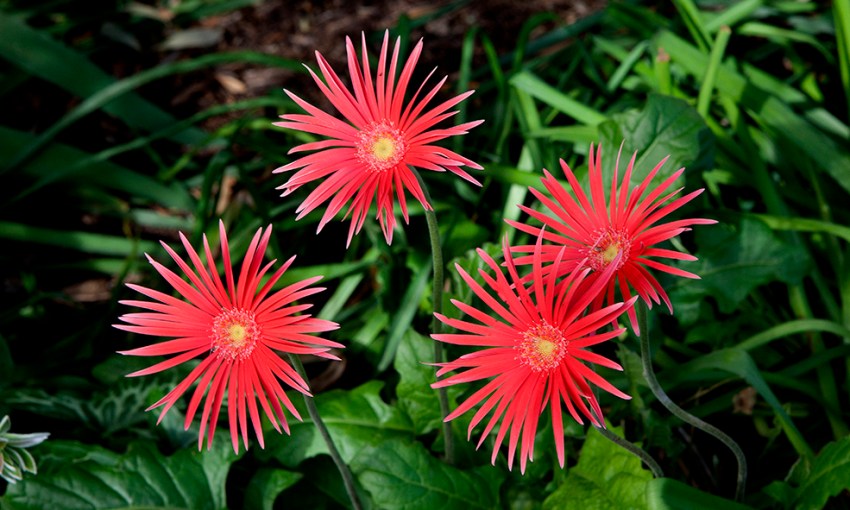A brightly-coloured old-fashioned perennial, gerberas have made a comeback in our gardens and, much to the delight of florists who revere its long-lived blooms, as a cut flower.
In the garden: The return of the Gerbera

The gerbera is known as the African Daisy and it does resemble a daisy in appearance with most new varieties originating from Gerbera jamesonii, originally from South Africa. It is believed that this plant was named in honour of German botanist and medical doctor Traugott Gerber, a friend of 18th century eminent Swedish botanist, physician, and zoologist, Carl Linnaeus, who formalised the modern system of botanical nomenclature.
There are literally thousands of gerbera cultivars and they vary in shape and size, from tiny pom pom varieties to some of the larger, more spectacular types. The double, single and multiple blooms come in colours ranging from white, pale pink, lemon and salmon to the brighter shades of yellow, red and orange. The flower spans between five and 12 centimetres.
The gerbera comes in various forms which can be broken down into four main groups; single blooms with a green centre, double or duplex types with a double row of overlapping petals, crested doubles with two rows of petals overlapping and one or more inner rows of shorter petals, or the full-crested doubles with solid overlapping rows of petals with the inner row diminishing in size.
Gerberas can be grown from seeds, seedlings, or by division. The seed method is cheapest, but check the expiry date on the packet.
By growing from seedling or division you can be assured of the quality and colour of the bloom.
Plant gerberas in full sun, preferably in sandy soil that has had compost added to it at the time of planting. A little light shade in our hot summer is tolerated but without a good sunny position, the plants can become leggy, pale, and may produce far fewer blooms. Gerberas can be extremely susceptible to fungal diseases when the plants are young. Prevent this by watering the plants in the morning so that the leaves can dry out during the day, but never allow the plants to completely dry out; keep them moist but don’t overwater.
Plant gerberas as a bedding plant, for borders, among other flowers or in containers. Smaller varieties look stunning in hanging baskets or window boxes. Always remove spent flowers regularly to encourage new growth and more flowers.
Feed the plants in spring and again in autumn when the flower buds first emerge with a liquid fertiliser, seaweed or fish emulsion, or a fortnightly dose of Thrive or Powerfeed. Keep a lookout for caterpillars and spray with an organic spray such as pyrethrum.
Lift the corms every two or three years, preferably on a cool day, and divide and replant them. This is best done in early autumn before the cold weather arrives.
Some exciting new varieties to consider planting include Chaptalia, Mairia and Trichocline, or for the old-fashioned types choose Gerbera jamesonii varieties Ghostly Daisy, Hilton Daisy and Transvaal Daisy.
This story first appeared in the summer 2017 issue of SALIFE Gardens & Outdoor Living magazine.
including free delivery to your door.



